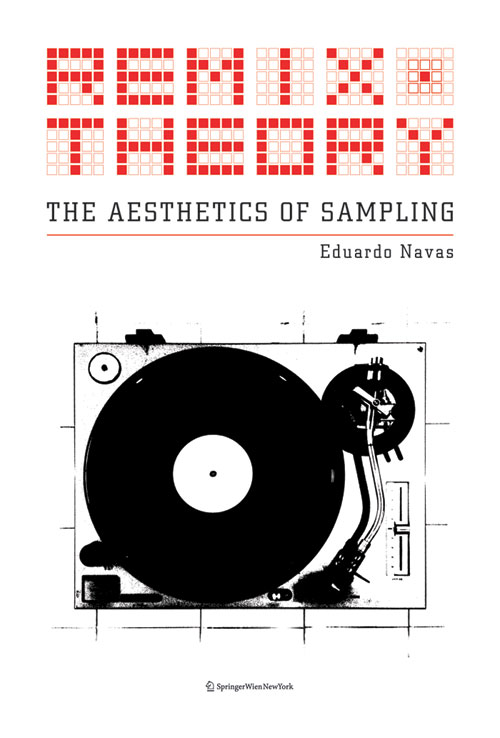Seismograf/DMT contemporary art music magazine (2011–) [Danish]
Filed under journal | Tags: · art history, experimental music, field recording, music, music history, music theory, performance, radio, radio art, sound, sound art

Seismograf/DMT er et redaktionelt uafhængigt tidsskrift, der omhandler den nyeste kunst i lyddomænet og dens skabere – eksperimentel kunstmusik, lydkunst, performance, multimedia, interaktion og field recordings.
Tidsskriftet er en fusion af Dansk Musik Tidsskrift, Autograf og Seismograf, og tegner dermed Danmarks eneste platform fuldkommen dedikeret feltet ny kunstmusik og lydkunst.
Fra 2013 vil tidsskriftet endvidere publicere artikler, der er peer reviewed.
Sanne Krogh Groth er chefredaktør for tidsskriftet, der er støttet af Kunststyrelsens Musikudvalg og Dansk Komponistforening.
Publikationer: Japansk Lydkunst; Avantgarde i børnehøjde; Det du lysnar på hörs i P2; ’Touch Me! Fysisk – emotinelt – sensuelt’: Kritik af SPOR festival 2011; Musikhistorier; Urbanitet, lyd og kunst; Komponiststemmer; Instrumentmagere; Retro-utopier: Reportage fra CTM og Transmediale, 2013; Radio Radio Radio
View online (HTML articles)
Comment (0)Eduardo Navas: Remix Theory: The Aesthetics of Sampling (2012)
Filed under book | Tags: · 1970s, 1980s, mashup, music, music history, music theory, remix, sampling

“Remix Theory: The Aesthetics of Sampling is an analysis of Remix in art, music, and new media. Navas argues that Remix, as a form of discourse, affects culture in ways that go beyond the basic recombination of material. His investigation locates the roots of Remix in early forms of mechanical reproduction, in seven stages, beginning in the nineteenth century with the development of the photo camera and the phonograph, leading to contemporary remix culture. This book places particular emphasis on the rise of Remix in music during the 1970s and ‘80s in relation to art and media at the beginning of the twenty-first Century. Navas argues that Remix is a type of binder, a cultural glue—a virus—that informs and supports contemporary culture.”
Publisher Springer, Vienna, 2012
ISBN 3709112621, 9783709112625
230 pages
RemixTheory.net (from the author)
Publisher
Larry Polansky: The Early Works of James Tenney (1983)
Filed under book | Tags: · 1960s, composing, computer music, music, music history, music theory

“James Tenney was a composer and influential music theorist. He studied piano with Eduard Steuermann and composition with Chou Wen-chung, Lionel Nowak, Paul Boepple, Henry Brant, Carl Ruggles, Kenneth Gaburo, Lejaren Hiller, John Cage, Harry Partch, and Edgard Varèse. He also studied information theory under Lejaren Hiller, and composed stochastic early computer music before turning almost completely to writing for instruments with the occasional tape delay, often using just intonation and alternative tunings. Tenney’s notable students include John Luther Adams, John Bischoff, Peter Garland, Larry Polansky, Charlemagne Palestine, and Marc Sabat. He performed with John Cage, as well as with the ensembles of Harry Partch, Steve Reich, and Philip Glass.” (source)
Published in Soundings #13, edited by Peter Garland
181 pages
via Larry Polansky
Comment (0)
